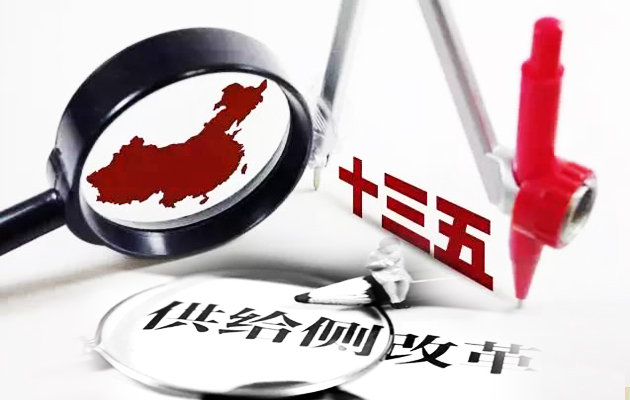HUANG SHAOJIAN: Supply-side reform needed for innovation

China’s 13th Five-Year Plan (2016-2020) emphasizes supply-side structural reform in a bid to op-timize supply and meet effective demand. In particular, the government should also incentivize the supply of technol¬ogy to produce more high-end products.
China’s 13th Five-Year Plan (2016-2020) emphasizes supply-side structural reform in a bid to optimize supply and meet effective demand. In China, technologies are provided by the government, enterprises, universities and research institutions, but the nation has yet to develop an effective incentive mechanism to encourage innovation.
The government incentivizes the supply of technology while steering the direction of research and development by means of industrial policies, development strategies and resource investment.
Chinese enterprises contribute to innovation but invest less in research and development relative to firms in developed countries. It is this lack of investment in basic research and key technologies that has prevented domestic enterprises from developing high-quality products that meet the demands of consumers.
Higher education and research institutions are a talent pool, and China has increased investment in scientific research in recent years. Nevertheless, researchers tend to focus on publishing papers and applying for patents but neglect to engage in meaningful cooperation with real industries. As a result, many scientific achievements fail to translate into the technological breakthroughs urgently needed by industries.
The nation’s shortcomings in terms of innovation are the root cause of the lack of domestic high-end products. Therefore, China should make it a top priority to increase technological supply through reform.
Above all, emphasis should be put on developing core technologies. China has become a leader in some fields, including high-speed rail, communication and aerospace, but it has disadvantages in core technologies, such as chip manufacturing, biopharmaceuticals and medical equipment. Thus, policies are needed to promote innovation and integration in order to enhance total factor productivity.
It is also important to optimize the structure of technological supply. Because Chinese industry has been in the catch-up stage for a long time, there has been unbalanced development among talent cultivation, infrastructure construction, and technological input and output due to limited resources. Now, after more than 30 years of reform and opening up, China has accumulated sufficient financial, material and human resources, enabling it to readjust scientific development strategies to enhance the efficiency of technological supply.
Readjustment policies should take into consideration the structure of high- and low-end technologies as well as the particular needs of different industries and regions. It is necessary to promote cutting-edge technologies and major scientific research projects while encouraging nationwide entrepreneurship and innovation to catch up with developed countries.
Furthermore, new leading technologies can be created to meet the potential demand of consumers. For instance, China stresses the idea of green development and calls for a healthier and more eco-friendly, efficient lifestyle. And the purpose is to drive green consumption through the supply of alternative energy automobiles, energy-saving products and low-carbon technologies.
The article was translated from the Guangming Daily. Huang Shaojian is from the Hunan University of Commerce.
